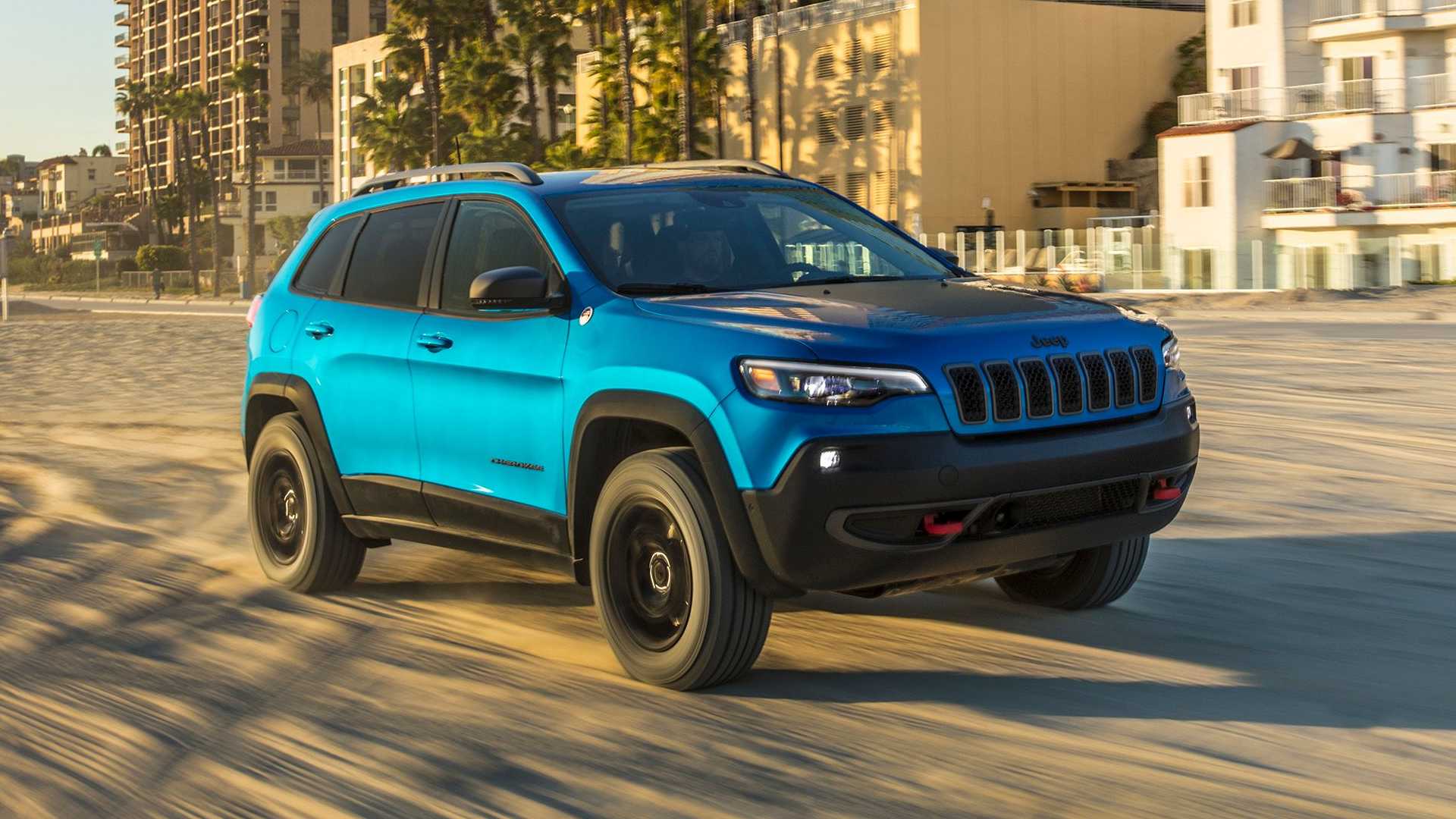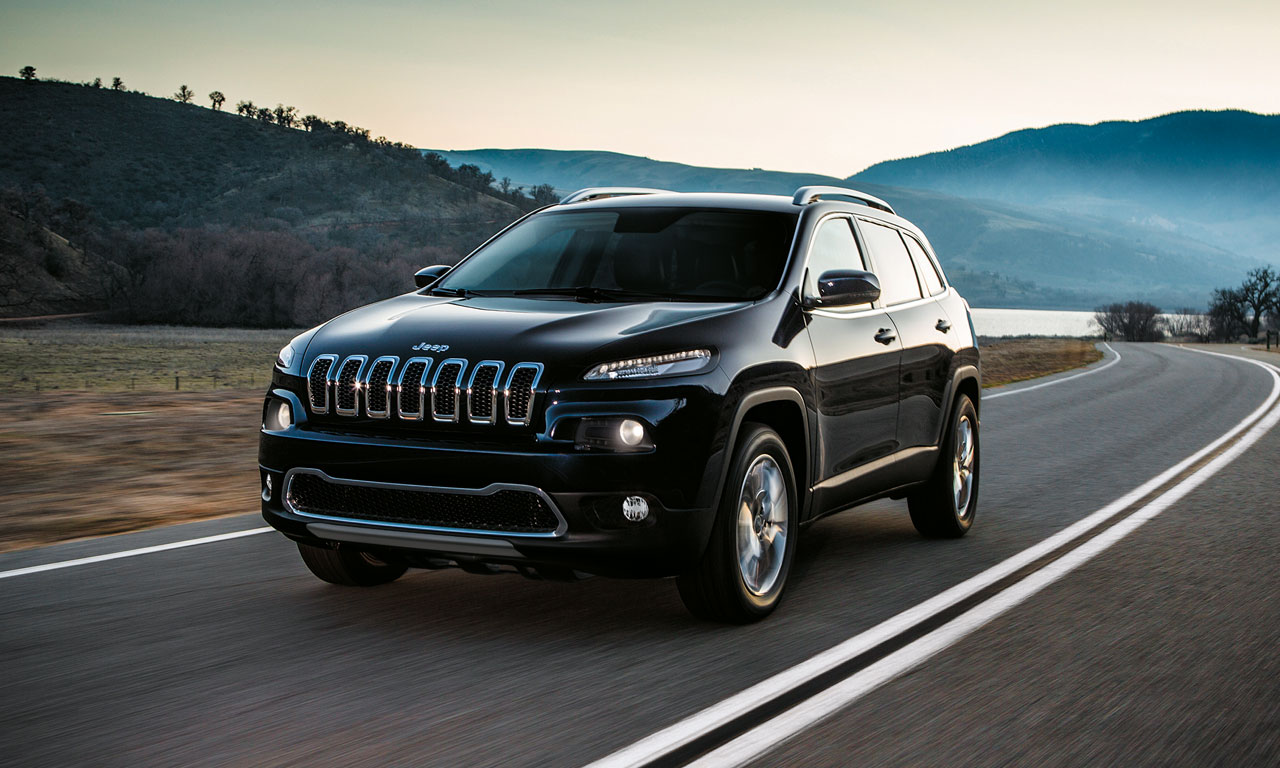Jeep Cherokee Relaunch Confirmed : The automotive world is buzzing with excitement as Jeep officially confirms the return of its legendary Cherokee nameplate. After a three-year hiatus since production ended in February 2023, this iconic mid-size SUV is making a triumphant comeback in late 2025.
However, there’s a bitter pill for Australian enthusiasts to swallow – the land down under won’t be getting this highly anticipated revival.
This announcement represents more than just another product launch; it’s the resurrection of one of America’s most beloved SUV nameplates. The Cherokee has been instrumental in shaping the modern SUV landscape since its inception, and its absence has left a noticeable void in showrooms across the globe.
Now, as Jeep prepares to breathe new life into this storied badge, the automotive community watches with keen interest.
The Cherokee’s Historical Significance
The Cherokee name carries tremendous weight in automotive circles, dating back to 1974 when it first graced Jeep’s lineup. Through five distinct generations, this SUV has consistently delivered the perfect blend of capability, practicality, and affordability that made it a household favorite. The most recent iteration, known internally as the KL generation, served buyers faithfully from 2013 until its production ceased in early 2023.
During its heyday, the Cherokee regularly achieved impressive sales figures, often exceeding 200,000 units annually in the United States alone. This commercial success stemmed from its ability to bridge the gap between compact and full-size SUVs, offering families a versatile vehicle that could handle school runs and weekend adventures with equal competence.
The Cherokee’s influence extended far beyond mere transportation. It helped democratize the SUV segment, making capable all-wheel-drive vehicles accessible to mainstream buyers who previously couldn’t afford larger, more premium options. This accessibility factor contributed significantly to the explosive growth of the SUV market throughout the 1990s and 2000s.
What We Know About the 2026 Cherokee
Platform and Design Philosophy

The upcoming sixth-generation Cherokee will be built on Stellantis’ advanced STLA Large platform, marking a significant technological leap forward. This platform enables vehicles with lengths ranging from 4.70 to 5.40 meters, suggesting the new Cherokee will be substantially larger than its predecessor, which measured 4.651 meters.
Early teaser images reveal a design language that pays homage to the Cherokee’s rugged heritage while embracing contemporary styling cues. The vehicle returns to a more angular, boxier silhouette reminiscent of the beloved XJ series that defined off-road capability from 1983 to 2001. This design direction signals Jeep’s commitment to maintaining the Cherokee’s authentic character while modernizing its appeal for today’s discerning buyers.
The front fascia retains the iconic seven-slot grille that has become synonymous with Jeep’s identity, flanked by sophisticated LED headlights that provide both functionality and visual appeal. The overall stance appears more commanding than previous generations, reflecting the larger platform’s capabilities while maintaining the Cherokee’s approachable demeanor.
Powertrain Innovation
Perhaps the most significant development in the Cherokee’s evolution is the introduction of hybrid technology. For the first time in the Cherokee’s history, buyers will have access to a gas-electric powertrain option, aligning with global trends toward electrification and efficiency.
Initial reports suggest the Cherokee won’t launch as a pure electric vehicle, with CEO Antonio Filosa confirming multiple powertrain options including conventional gasoline and hybrid variants. This multi-energy approach allows Jeep to cater to diverse customer preferences while gradually transitioning toward full electrification in future model years.
The hybrid system is expected to deliver improved fuel economy without compromising the Cherokee’s legendary capability. Industry insiders speculate that the electrified powertrain could provide additional torque for enhanced off-road performance while reducing emissions during daily commuting scenarios.
Australia’s Disappointing Exclusion
Market Impact and Reasoning
The decision to exclude Australia from the Cherokee’s comeback represents a significant blow to the local market, particularly given that mid-size SUVs accounted for almost a quarter of new car sales in 2024, with 287,637 units sold out of 1,237,287 total new vehicles.
This exclusion isn’t happening in isolation. Jeep Australia has also ruled out the return of the larger Grand Cherokee, which was discontinued in March 2025 after experiencing significant sales declines. These decisions leave Jeep without representation in Australia’s most popular vehicle segment, a strategic gap that competitors are likely to exploit.
The reasoning behind this exclusion primarily centers on economic considerations. Right-hand-drive production requires substantial investment in tooling and engineering modifications, costs that become increasingly difficult to justify for smaller markets. Australia represents less than one percent of global Jeep sales, making the business case for RHD variants challenging to defend.
Broader Industry Implications
Australia’s automotive landscape has been shifting dramatically in recent years, with local manufacturing having ceased entirely. This trend toward importing vehicles has made the market increasingly dependent on manufacturers’ global strategies and volume considerations. When companies like Stellantis prioritize high-volume markets, smaller regions inevitably face product shortages.
Stellantis parent company suffered a 15 percent global sales decline and a massive 70 percent fall in profits year-on-year, adding pressure to focus resources on markets with the highest return potential. These financial realities, while understandable from a business perspective, leave enthusiasts in markets like Australia with fewer choices and longer waiting periods for desired models.
The situation reflects broader challenges facing the automotive industry as it navigates electrification, supply chain disruptions, and changing consumer preferences. Manufacturers must balance global efficiency with regional market needs, often resulting in difficult decisions that disappoint loyal customer bases.
What Australia Gets Instead
The Compass Substitution
Instead of the Cherokee, Australian buyers will need to look toward the upcoming Jeep Compass, scheduled to arrive in 2026 with electric and hybrid powertrain options. While the Compass represents competent engineering and modern technology, it fails to match the Cherokee’s size, capability, and market positioning.
The Compass serves a different market segment, appealing primarily to urban buyers seeking efficiency and maneuverability rather than families requiring maximum versatility. This substitution leaves a notable gap in Jeep’s Australian lineup, particularly for buyers who need more space than the Compass provides but don’t require the complexity and cost of larger alternatives.
This strategy forces Australian consumers to either compromise on their requirements or consider competitors’ offerings. Toyota’s RAV4, Mazda’s CX-5, and other established players in the mid-size segment stand to benefit from Jeep’s absence, potentially capturing customers who might have otherwise chosen the Cherokee.
Future Electric Options
Looking ahead, Australia will receive some consolation in the form of Jeep’s electric vehicle rollout. The STLA platform underpins the Jeep Wagoneer S and Recon electric SUVs, both scheduled for Australian introduction in 2026. These models represent Jeep’s commitment to electrification and could partially offset the Cherokee’s absence.
However, these electric alternatives will likely carry premium pricing that places them beyond many traditional Cherokee buyers’ budgets. The Wagoneer S targets luxury buyers seeking performance and prestige, while the Recon appeals to off-road enthusiasts willing to embrace electric capability. Neither directly replaces the Cherokee’s mainstream market position.
Global Market Positioning
Competitive Landscape

The returning Cherokee will compete directly with established players like the Toyota RAV4, Mazda CX-5, and Kia Sportage in the crucial mid-size SUV segment. This competitive arena has intensified significantly during the Cherokee’s absence, with rivals introducing hybrid powertrains, advanced technology features, and improved value propositions.
The Cherokee’s success will depend heavily on its ability to differentiate itself in this crowded field. Jeep’s traditional strengths in off-road capability and rugged styling provide natural advantages, but modern buyers also demand fuel efficiency, connectivity, and advanced safety features. The challenge lies in balancing these sometimes conflicting priorities.
Pricing will play a crucial role in the Cherokee’s market reception. Early projections suggest the new model will remain under $40,000, maintaining affordability that made previous generations successful. This positioning could prove attractive to budget-conscious families seeking SUV capability without premium pricing.
Brand Revival Strategy
Jeep CEO Bob Broderdorf emphasized that the Cherokee represents part of a broader strategy to deliver “more product, innovation, choice and standard content to customers than ever before.” This approach suggests the Cherokee’s return is just one element of Jeep’s comprehensive portfolio expansion.
The brand faces significant challenges in rebuilding momentum after recent sales declines. Jeep sales fell nine percent in the United States during 2024, while Australian sales plummeted by 48.7 percent. The Cherokee’s successful relaunch could provide the catalyst needed to reverse these concerning trends.
Success in the Cherokee’s return could establish momentum for future product launches and help restore confidence in the Jeep brand. Conversely, a poorly executed comeback could further damage the company’s reputation and market position.
Production and Timeline Details
Manufacturing Strategy
Production of the new Cherokee is scheduled to begin in late 2025, with initial deliveries expected in the final quarter of that year. This timeline allows Jeep adequate development time while addressing market demand for the Cherokee’s return as quickly as possible.
The manufacturing location and capacity details remain undisclosed, though Stellantis will likely leverage existing facilities to minimize capital investment. The previous generation Cherokee was produced at the Belvidere Assembly Plant in Illinois, which was idled in late 2022 following declining sales volumes.
Quality control and launch execution will be critical factors in the Cherokee’s market reception. Recent automotive launches have faced numerous challenges, from supply chain disruptions to software integration issues. Jeep must ensure the Cherokee’s debut avoids these pitfalls to rebuild customer confidence.
Market Introduction Strategy
The Cherokee will initially launch with hybrid powertrains, with pure electric versions expected to follow in subsequent model years. This phased approach allows Jeep to test market reception while gradually transitioning customers toward full electrification.
The hybrid-first strategy acknowledges current market realities, where many buyers remain hesitant about pure electric vehicles due to range anxiety and charging infrastructure concerns. By offering electrified efficiency with gasoline backup, Jeep can appeal to environmentally conscious buyers while addressing practical concerns.
Marketing efforts will likely emphasize the Cherokee’s heritage while highlighting modern technological advances. Balancing nostalgia with innovation requires careful messaging that respects the nameplate’s history while demonstrating contemporary relevance.
Industry Analysis and Future Outlook
Electrification Trends
The Cherokee’s hybrid introduction reflects broader industry trends toward electrification driven by environmental regulations and changing consumer preferences. Traditional automakers face pressure to reduce fleet emissions while maintaining profitability in competitive markets.
Hybrid technology represents a transitional solution that bridges conventional powertrains and full electrification. This approach allows manufacturers to improve efficiency and reduce emissions while customers adapt to new technologies gradually. The Cherokee’s success could influence similar strategies across the industry.
Future regulations may eventually require full electrification, making the Cherokee’s hybrid introduction a stepping stone rather than a permanent solution. However, this transitional approach provides valuable market data and customer feedback that will inform future development decisions.
Market Recovery Prospects
The Cherokee’s return comes at a crucial time for both Jeep and the broader SUV market. Economic uncertainties, supply chain challenges, and changing transportation preferences have created volatile market conditions that require careful navigation.
Success in relaunching the Cherokee could provide Stellantis with much-needed momentum and revenue growth. The mid-size SUV segment’s size and growth potential make it an attractive target for brand investment and development resources.
However, increased competition and evolving customer expectations create significant challenges. The Cherokee must exceed buyer expectations while maintaining affordability that made previous generations successful. This balance between value and capability will determine the model’s long-term success.
FAQs
When will the new Jeep Cherokee be available for purchase? Production of the new Jeep Cherokee is scheduled to begin in late 2025, with initial deliveries expected in the fourth quarter of 2025.
Will the new Cherokee be available in Australia? No, Jeep Australia has confirmed that the new Cherokee will not be sold in Australian showrooms, with the Compass serving as the closest alternative when it arrives in 2026.
What type of engines will the new Cherokee offer? The new Cherokee will initially launch with hybrid powertrains, combining gasoline engines with electric motors, with conventional gasoline and fully electric versions expected to follow in subsequent years.
The Cherokee’s confirmed return marks a pivotal moment for Jeep’s global strategy and customer loyalty. While American buyers can look forward to experiencing this beloved nameplate’s evolution, Australian enthusiasts must continue waiting for alternatives that may never fully replace what the Cherokee represented. The automotive industry’s ongoing transformation continues reshaping traditional market relationships, often leaving smaller regions to adapt to decisions made in boardrooms thousands of miles away.

